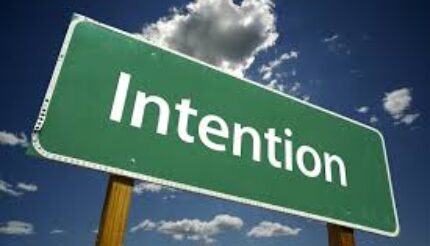Remote leadership
Working from home, furloughed staff, social distancing, webcam meetings … The way we work and run our businesses has changed dramatically for most of us this year. It’s brought many challenges, one of which is how to lead our business when we’re no longer in the same building with our people. In these uncertain times, one thing is certain: we won’t be going back to the old Before Coronavirus business model. So we need to get good at remote leadership.
The great news is that the principles of leadership are exactly the same as they were before regardless of our location. We just need to be more conscious of what we’re doing. Our business still has goals, it still has its values, it still has its people with their targets and career paths.
And the leader’s main job is still to communicate with his or her people.
Trust becomes an issue
Increasingly, before coronavirus, some businesses occasionally allowed their people to work from home. They wanted to be seen as flexible, allowing for child care and accommodating a work/life balance. But for many business leaders, having people working from home is also a time of secret anxieties: are they working hard enough or are they watching day time television? And for those working from home – away from office camaraderie – are they missing out on something or being forgotten about? Trust becomes a big issue.
Years ago (in another life) I was permitted (grudgingly) by my manager to work from home one day a week. I had a long daily commute at the time and this allowed me to have a welcome mid-week break from travelling. He used to make what I interpreted as snide little comments about my “day off” while I made sure I worked longer hours while working from home to make sure I delivered over and above what was expected. On both sides, it never felt comfortable.
Now, there is often no choice about working from home. It’s no longer about being flexible or wanting to appear to be a caring employer to our people. Many businesses had to have our people working from home during lockdown. And now we’re getting used to it, many businesses may choose to continue working remotely even when (if) social distancing is no longer needed. So how do we get the best out of our people without micromanaging them or having sleepless nights worrying they’re not working flat out for the business. And how do we help allay our people’s worries about being forgotten about?
We have to get SUPER great at communication.
This doesn’t mean sending out a monthly blanket email which may not be read and could be open to misinterpretation. It doesn’t mean checking up on someone throughout the day either.
One thing our lockdown has made most of us embrace is picking up the phone and using technology to meet people on camera. Actually speaking with people can eliminate some of the confusion that can come from emails. We also need to be great listeners to ensure we hear what’s really being said and pick up on subtle nuances of tone and particular words used. If we can see someone, using Zoom for example, we can also pick up on body language and, in a group meeting we can see whether anyone is disengaged and not participating in the group discussion.
We might need to check that people have understood the message communicated. A simple way of checking that the people you speak with have understood what you’re saying and what you’re expecting of them is to ask them! “Great. Thanks Bob. Just remind me what your actions are please”.
There are so many means of communication available for us now and it’s our duty as leaders to choose the best one for the job. This is not necessarily the one we prefer. We might prefer to hide behind an email but would it be better to organise a Zoom call? We might prefer to give all the orders but maybe a discussion among the team in a WhatsApp group could help with team building, helping them to think for themselves and generate more buy-in. We might be reluctant to challenge someone or praise someone today because we have stuff to do, so decided to save it all up for the designated meeting time when an immediate response might be more appropriate.
Knowing the personality types of our team can be extremely beneficial when deciding how and when to communicate. This deeper understanding gives us some great clues about the type of communication to use to get the best out of our people.
Assessments like DISC, Myers Briggs or Insights can help with this and can also help leaders grow their own self-awareness. For example, if you are a results-drive “High D” in the DISC personality profile, it won’t come naturally to you to take time building rapport with others who might need it, especially during uncertain times. You may have High I personalities among your people who thrive in the company of other people and like to talk. You might need to schedule frequent (short) check-ins with this person while for another personality type frequent check-ins might be seen as constant interruptions. It might be the case of asking your people for their personal preferences – remembering of course that, as the leader, ultimately you can’t bow to everyone’s preferences and might just need to set firm expectations.
Finally, we say that “true communication is the response we get”. So let’s get SUPER good at communication in this new world of remote working.
Ros Jones





